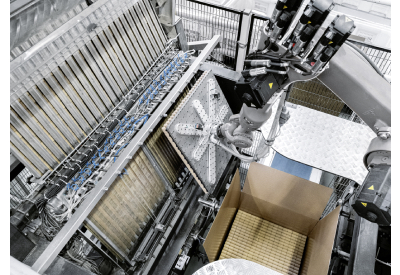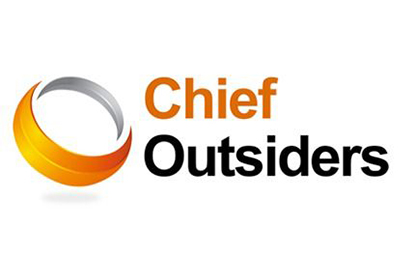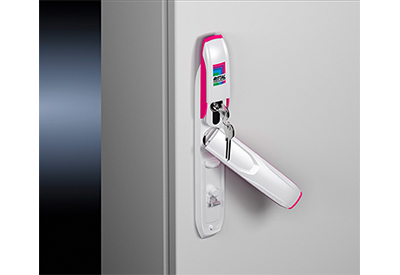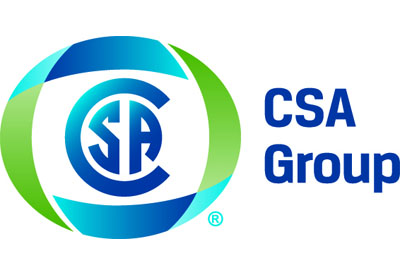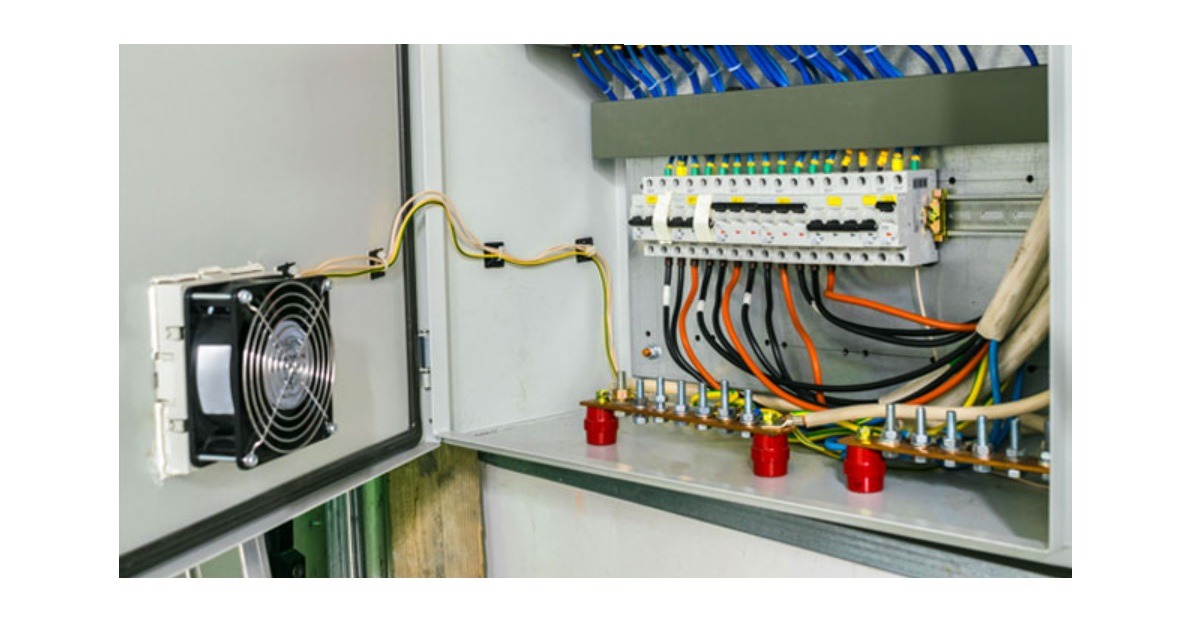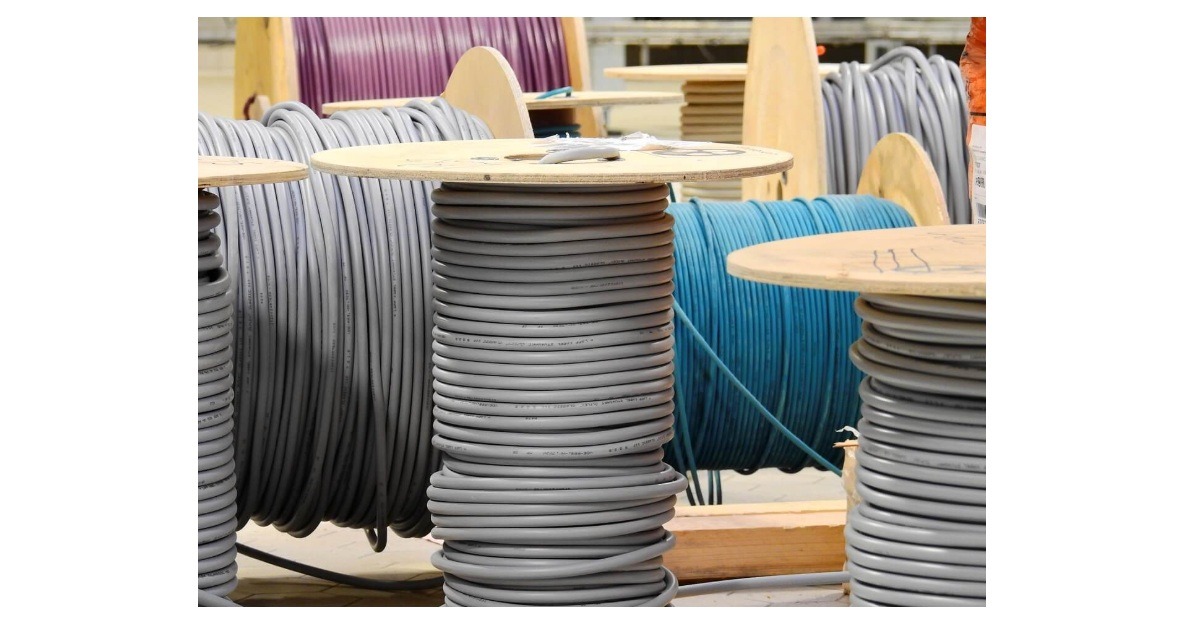Protecting Factory Electrical Enclosures from Summer Heat: Preventative Maintenance and Best Practices
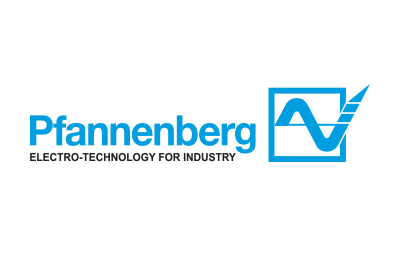
June 7, 2019
By Chris Marlow, Pfannenberg Application Engineer
The threats that make enclosure thermal management necessary to begin with reach the height of their destructive energies all at once, once a year, in the summertime. While some logistics of manufacturing become vastly less complicated in the summer sun, several interrelated changes in the weather threaten the critical electronics that allow production lines to operate. These factors—heat, debris, and moisture—must be planned for and neutralized. Fortunately, with the right equipment, staying ahead of summer conditions to ensure maximum uptime requires relatively few and simple interventions. Best practices for getting the most out of electrical cooling equipment in the summer months center on two basic steps: set up equipment right and perform preventive maintenance.
Setting Up Thermal Management Equipment for the Summer Months
The most important decision that a piece of thermal management equipment can make is whether to turn on or off. If it fails to start when it gets too hot, the efficiency of electrical components in an enclosure will degrade, causing short-term inefficiency and shortening component lifespan. Less often considered by facilities managers, however, are the effects of overcooling. These become more pronounced in the summer, especially if equipment is incorrectly set up.
The threat of humidity is simple: if moisture exists in an electrical enclosure and that moisture cools too much, it will collect on components. Wet components, then, can short circuit. In high humidity ambient air conditions, this threat grows, and summer brings higher humidity. However, the change between winter and summer humidity varies by geography, as does how high summer humidity gets. So, should factories in different locations change the settings on their cooling equipment to offset these differences in humidity? Counterintuitively, probably not.
Enclosure “cooling” is not necessarily about cooling. Thermal management of electrical enclosures is designed to maximize electrical efficiency by maintaining heats in a specific band—about 80–105° F. Efficiency for most components dips on either side of that range. As a result, the dip-switch controlling cooling equipment upstart depends relatively little on external factors. Pfannenberg Cooling Units, for example, are set to 95° F. Changing that setting in the field without consulting an expert application engineer can backfire.
Commonly, maintenance and engineering personnel will experience a hot, humid day and check on their electrical enclosure and, finding it hot, will adjust the temperature set-point down. The first good reason for not changing the set-point applies year-round, namely that doing so might cool the enclosure to the point of decreasing component efficiency. However, this attempt at troubleshooting bears particularly negative implications in the humidity of summer. Cooling equipment is designed to evaporate condensate for a specific range of temperatures. Set the temperature too low, and condensate evaporators can be overloaded to the point of overflow. This endangers electronics with short circuit, and can even create hazardous working conditions, since water can puddle on the floor.
Best practice number one for maximizing electronics efficiency with thermal management in the summer: do not alter the temperature set-point of cooling units.
Preventative Maintenance Protects Electrical Efficiency in the Summer
Diligent preventive maintenance protects the long-term efficiency of machinery throughout a factory, but the way thermal management equipment interacts with the environment means that seasonal change places particular importance on preventive maintenance at specific points in the calendar. Luckily, preventive maintenance for cooling equipment tends to be relatively simple and quick.
To understand the importance of this work, consider the essential pieces of a thermal management unit. It will have some sort of air intake, a process of changing the state of that air, and an outlet. The change process hinges on fans, that move the air faster to change air temperature, and coils, that transfer heat to or absorb heat from the air. Each part of this chain, taking ambient air and making it air that cools the enclosure, is subject to wear and tear, and a failure at any point could render the entire system inefficient.
The most critical element of any preventative maintenance program for air conditioners, fans, or other thermal management solutions ensures the efficiency of the part of the system that actually cools the air. For air conditioners, cooling units, air to air heat exchangers, and other solutions, the functional part is the coil. To preserve efficiency, simply remove all build-up and blockage on coils. Blockage impedes the transfer of heat energy between the coils and the air. Unable to efficiently heat or cool, blocked coils can cause enclosure overheating. Though a straightforward solution, performing this task regularly can extend the lifetime of a compressor from one year to ten.
For fans, check to make sure they are spinning at the appropriate rates. If sluggish, the likeliest fix is to replace the capacitor. Of course, all this maintenance serves to protect the electrical components in an enclosure. Without it, a would-be ten-year lifespan to a component can drop dramatically. It can fry in just a few summers.
Because the outlet of the system into the enclosure conveys processed air, it usually does not require much maintenance. Perhaps the most obvious maintenance is for the most visible part of these systems: intake. Usually, fan filter media should be changed out regularly, every two to three months or when dirt is impeding airflow. Some fans, namely Pfannenberg Filterfans® 4.0™ that feature high-tech filter mats that optimize airflow and extend service life by 300%, make filter changes less common of an occurrence, so investing in the right equipment can save maintenance time and costs. Nevertheless, filters should always be checked in spring and summer, because of humidity and increased debris in the air. Likewise, air conditioning unit and cooling unit air intake fins should be cleaned, although wide condenser fin spacing, such as on Pfannenberg DTS Cooling Units, can make equipment maintenance-free in this regard. If air intake is inhibited by accumulated dust and dirt, less air can access the air processing stage, diminishing the efficiency of these systems. With less air, for example, fans spin harder to create the same effect on the enclosure environment, wasting electricity and decreasing their lifetime.
Best practice number two for maximizing electronics efficiency with thermal management in the summer: perform preventative maintenance – and especially clean coils.
Beyond Preventive Maintenance: Equipment for Efficient Thermal Management
Of course, depending on a facility’s cooling equipment, these steps could lead to getting the most efficiency out of inefficient units. Beyond preventative maintenance and setting up equipment correctly, manufacturers should consider high-efficiency cooling options, including Pfannenberg PKS Air to Air Heat Exchangers. Whether to check the set point is right for your solution or to upgrade efficiency with innovative technology, the service experts at Pfannenberg can help improve thermal management at a plant. Nevertheless, for most factories, the biggest thing to remember as the days get longer and the air gets hotter is that simple preventative maintenance of thermal management equipment will keep electronics efficient for less downtime. Consider creating a calendar reminder at the end of spring, and for every couple months, to check equipment and clean important parts.

